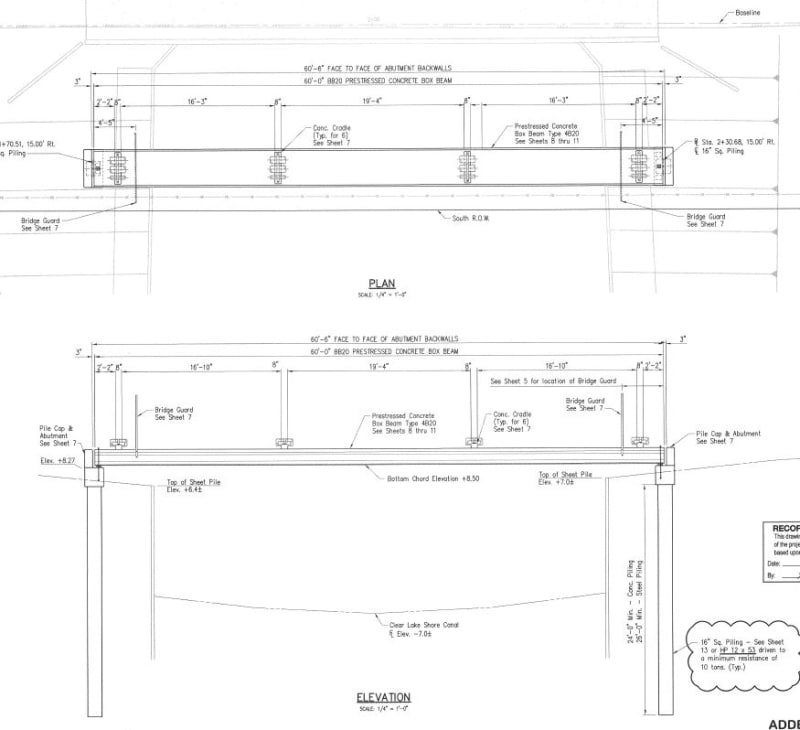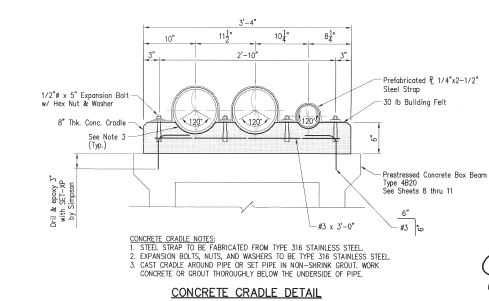Hi, Structural tech friends,
I have a client who is asking me to design support for a 36" diameter water pipe crossing two creeks and a railway crossing. For the railway crossing, i am just maintaining the bridge heights and column spacing so that i don't have any issues.
for the pipe support, they want continuous pipe support. I was thinking of concrete piers at either end with a concrete beam. the concrete beam will have a semi-circle concave to sit the pipe. This is my idea.
Can anyone suggest any guidelines for Ductile Iron pipe support examples or suggestions? its 108 ft long and 85 ft long segments. They only can have end supports.
i am new to this pipe supports. i can design column and beam to support the weight and dynamic movements, wind and earthquake loads. but could not find good online examples on continuous supports.
Any help is appreciated.
I have a client who is asking me to design support for a 36" diameter water pipe crossing two creeks and a railway crossing. For the railway crossing, i am just maintaining the bridge heights and column spacing so that i don't have any issues.
for the pipe support, they want continuous pipe support. I was thinking of concrete piers at either end with a concrete beam. the concrete beam will have a semi-circle concave to sit the pipe. This is my idea.
Can anyone suggest any guidelines for Ductile Iron pipe support examples or suggestions? its 108 ft long and 85 ft long segments. They only can have end supports.
i am new to this pipe supports. i can design column and beam to support the weight and dynamic movements, wind and earthquake loads. but could not find good online examples on continuous supports.
Any help is appreciated.


